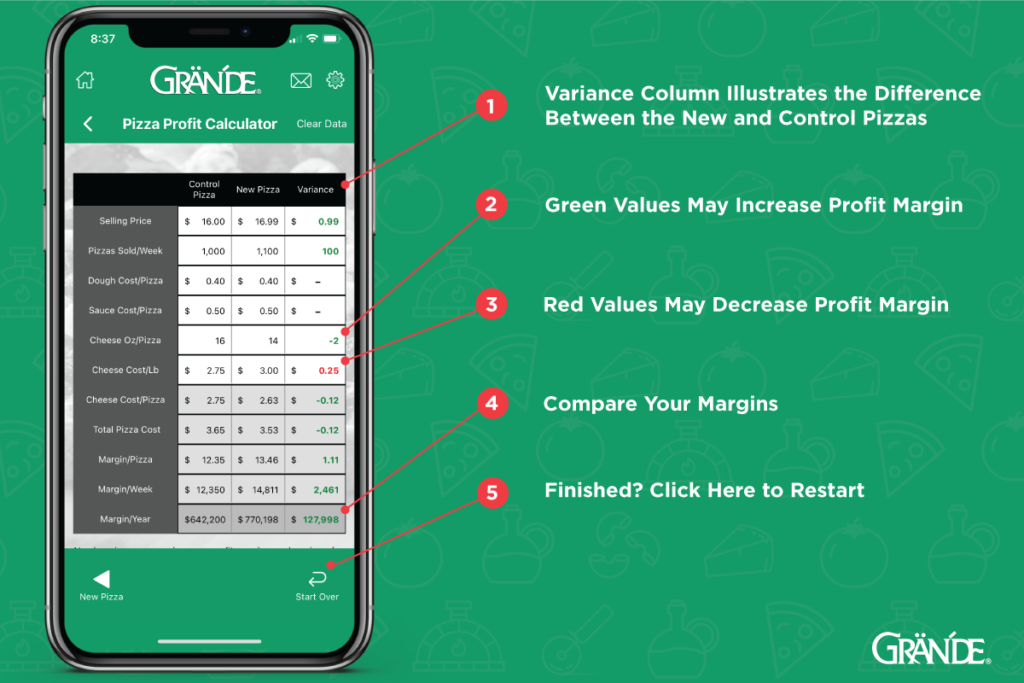
All
Introducing the Newly Improved Grande Cheese App
We are excited to share the updated Grande Cheese App! Read the blog to learn more about what's been added.
Services like Netflix and Amazon have increased consumer demand for direct, in-home entertainment and goods – including food! It is becoming increasingly important for restaurants to offer delivery services. According to Technomic, 86% of consumers use off-premise channels at least once a month, with off-premise sales making up 44% of all restaurant sales. In addition, the average US consumer places 48 orders for delivery per year, with 18-24-year olds placing 66 orders per year1.
Third party delivery services assist restaurants in entering the world of delivery by providing an online ordering platform and taking on the responsibility for getting the food from your restaurant to your customer’s front door. The market for third party delivery services is huge and growing with 59% sales growth in 20182. However, it is important to balance your profitability, customer satisfaction, operational efficiency and the overall quality of your brand when considering third party delivery.
Pros
Cons
Ultimately, the decision to utilize a third party delivery service must tie back to your business and marketing objectives. Whatever you decide to do in regard to delivery, Grande is here to support you with box stickers and custom designed take-out menus to enhance your brand recognition and set you apart from the competition.
Learn more about pizza delivery at PerfectingPizza.com. Download their Real Cost of Delivery Spreadsheet to see how all of the options compare and affect your bottom line.
1Cowen & Co.
2Technomic, 2018
3Deloitte Digital, 2016
4McKinsey & Company, 2016